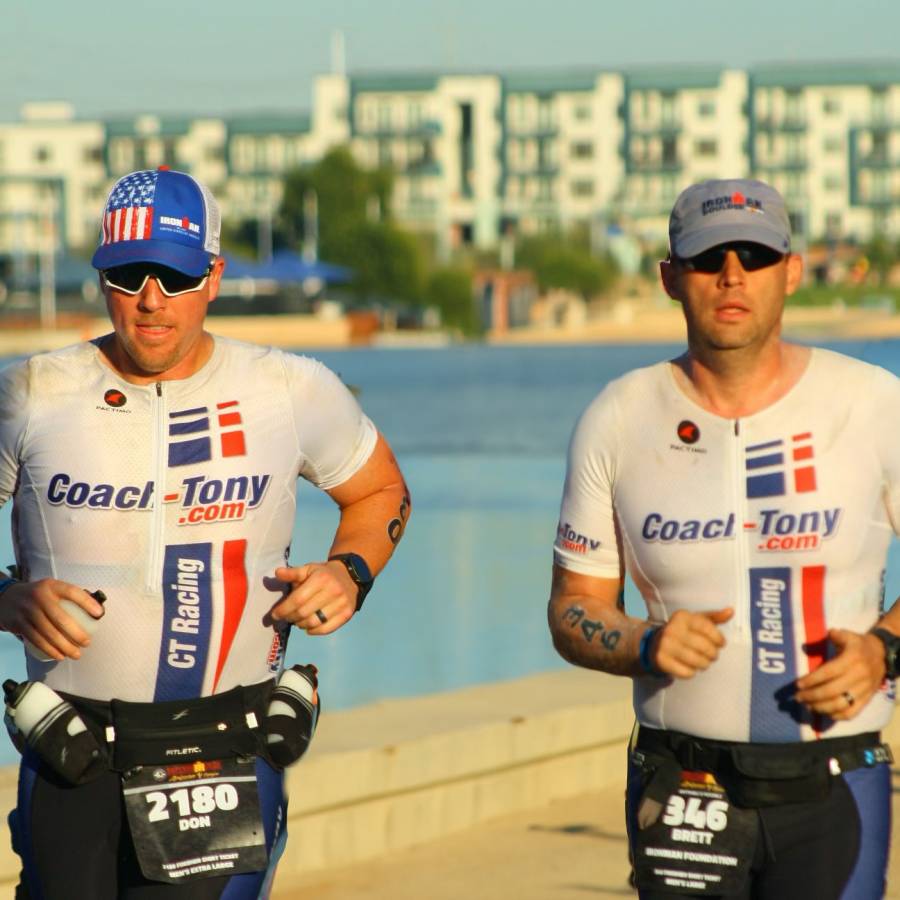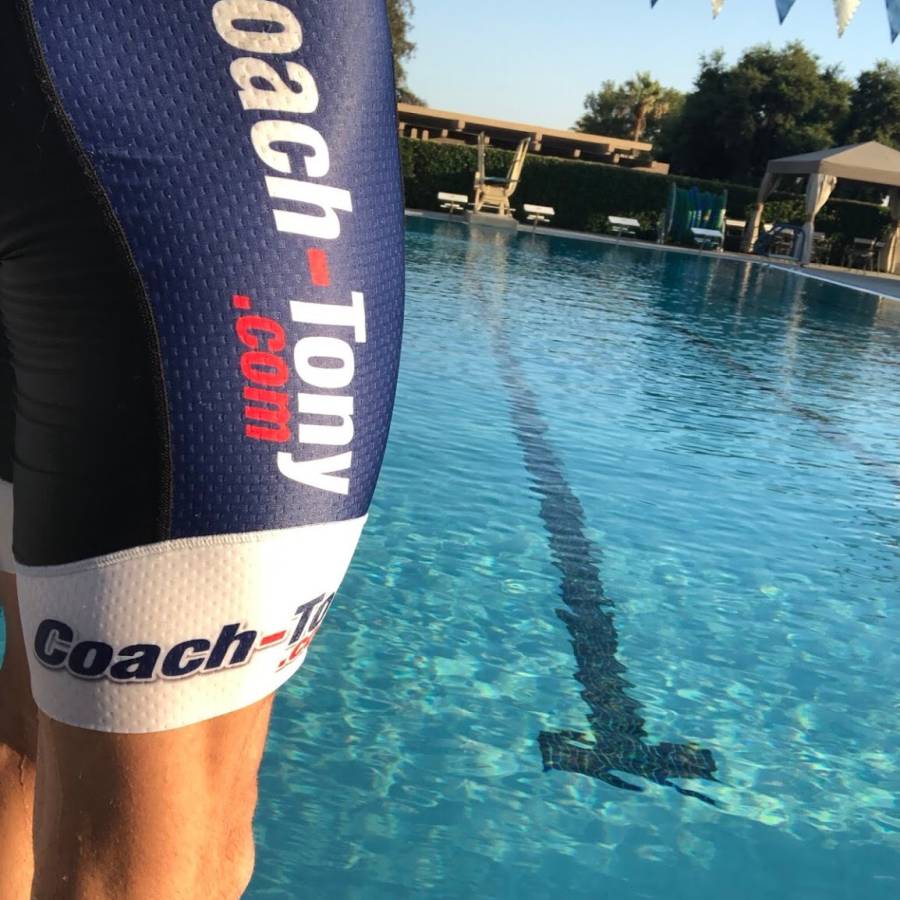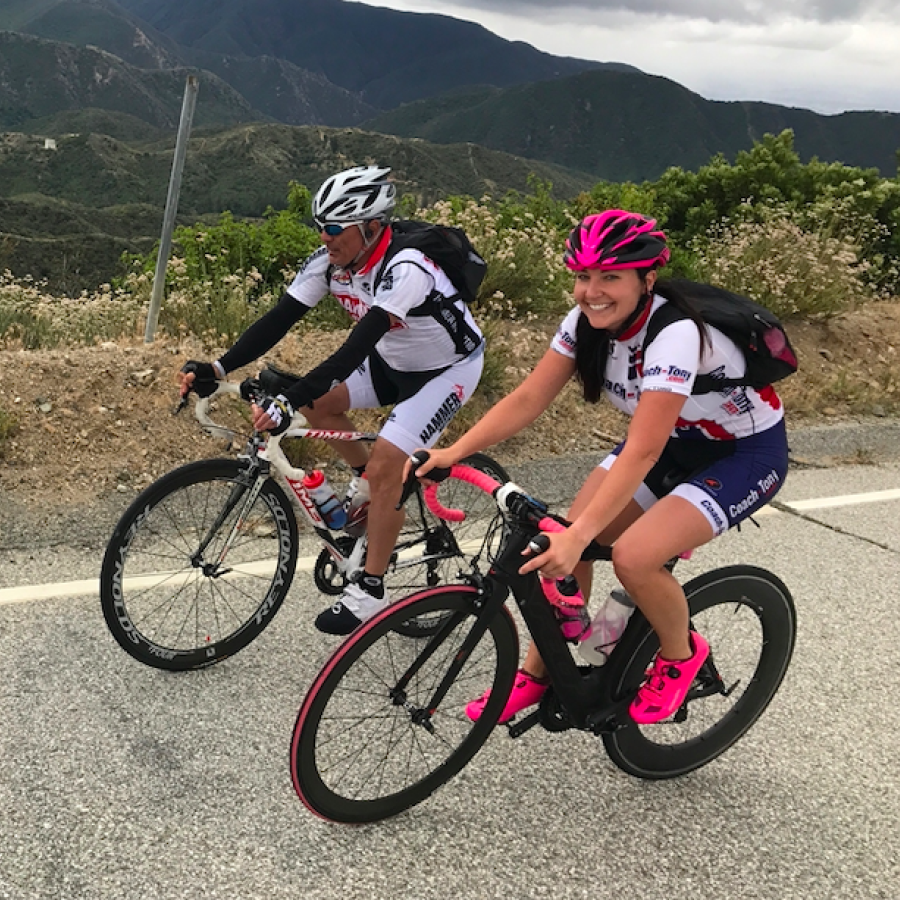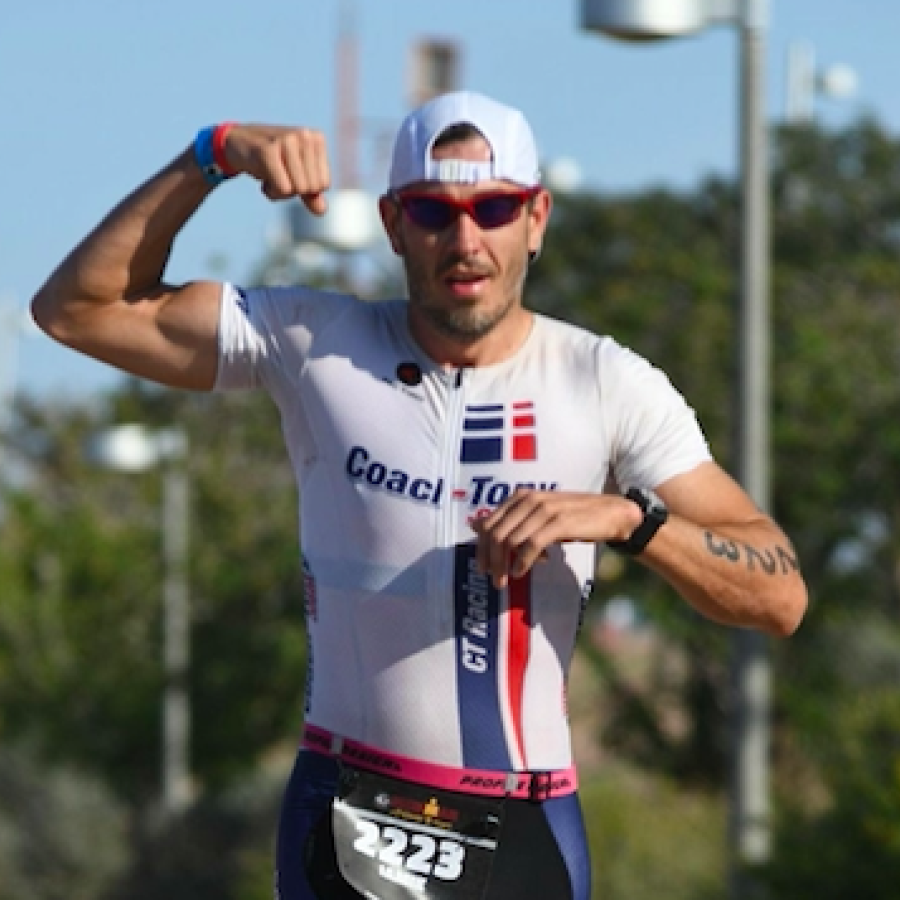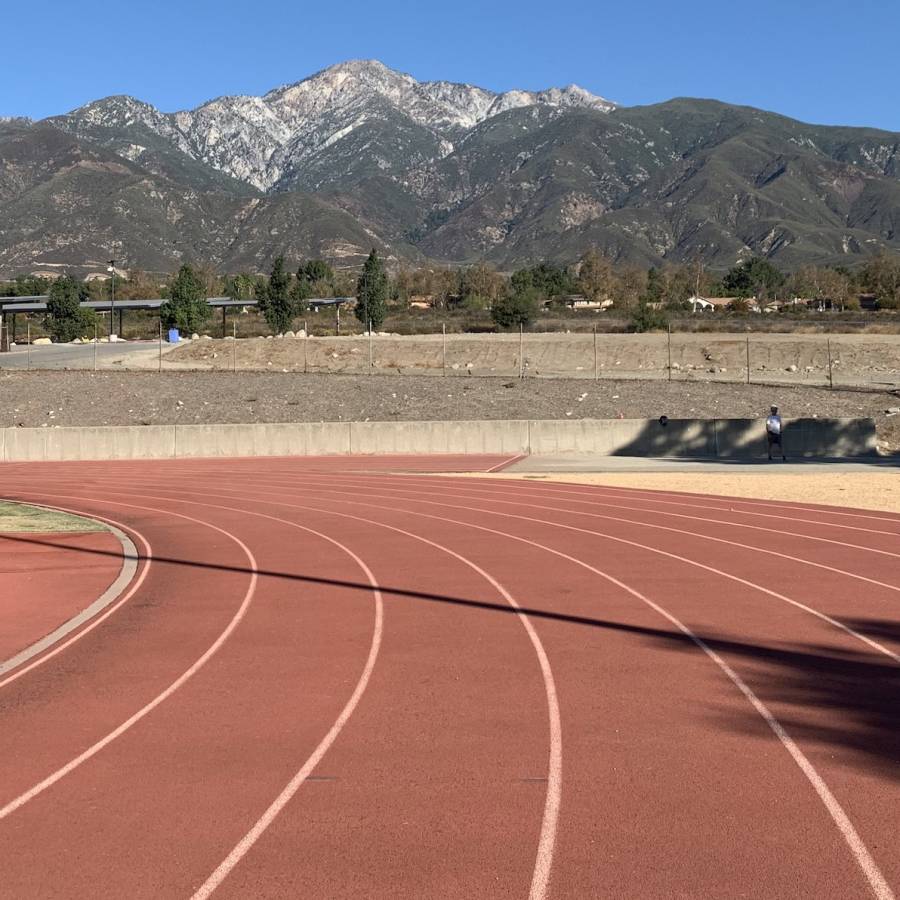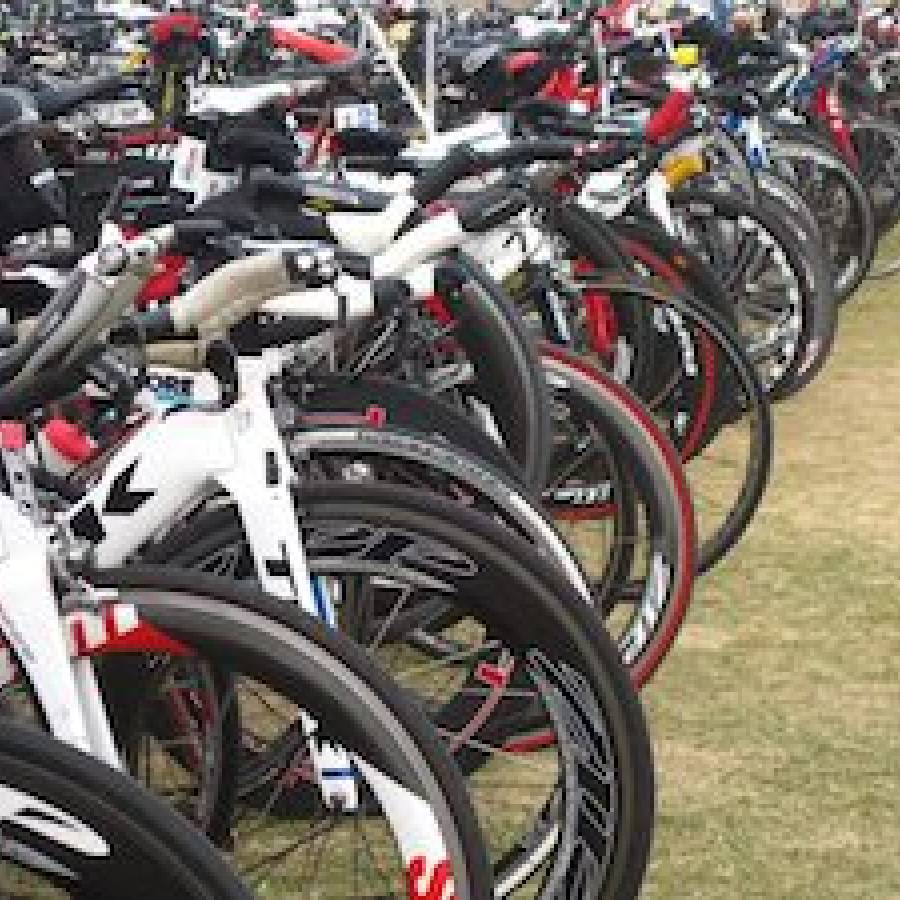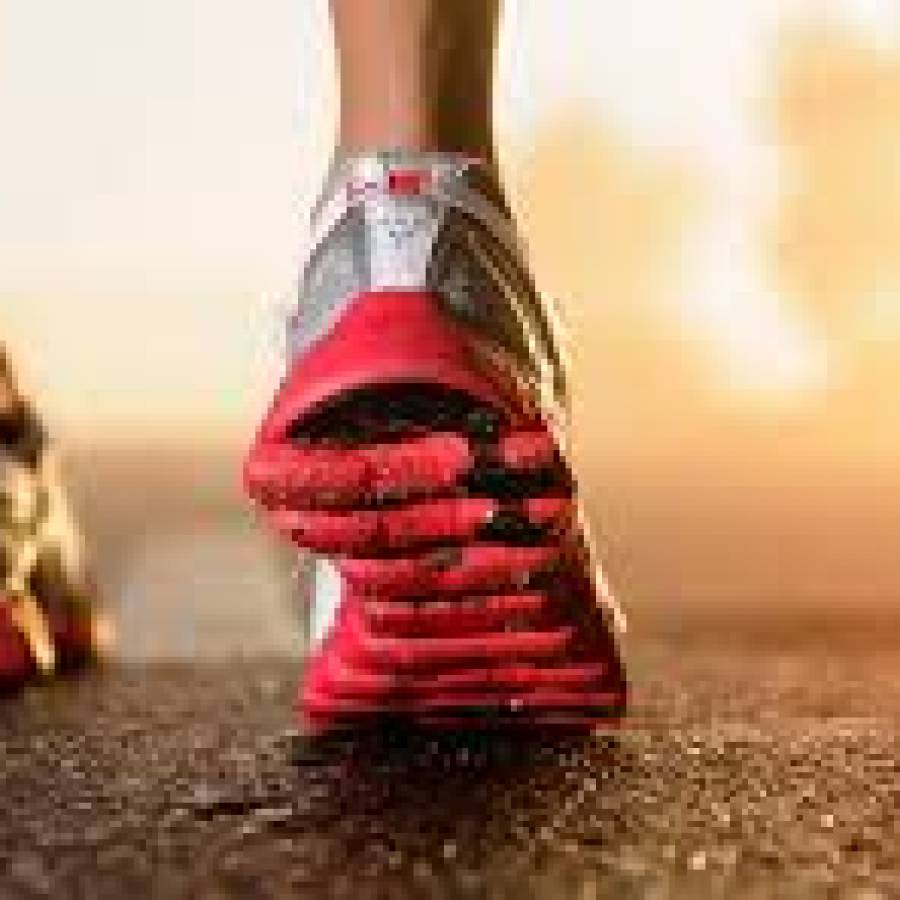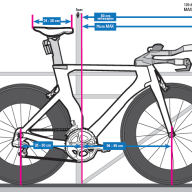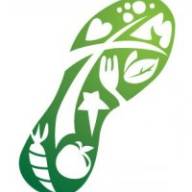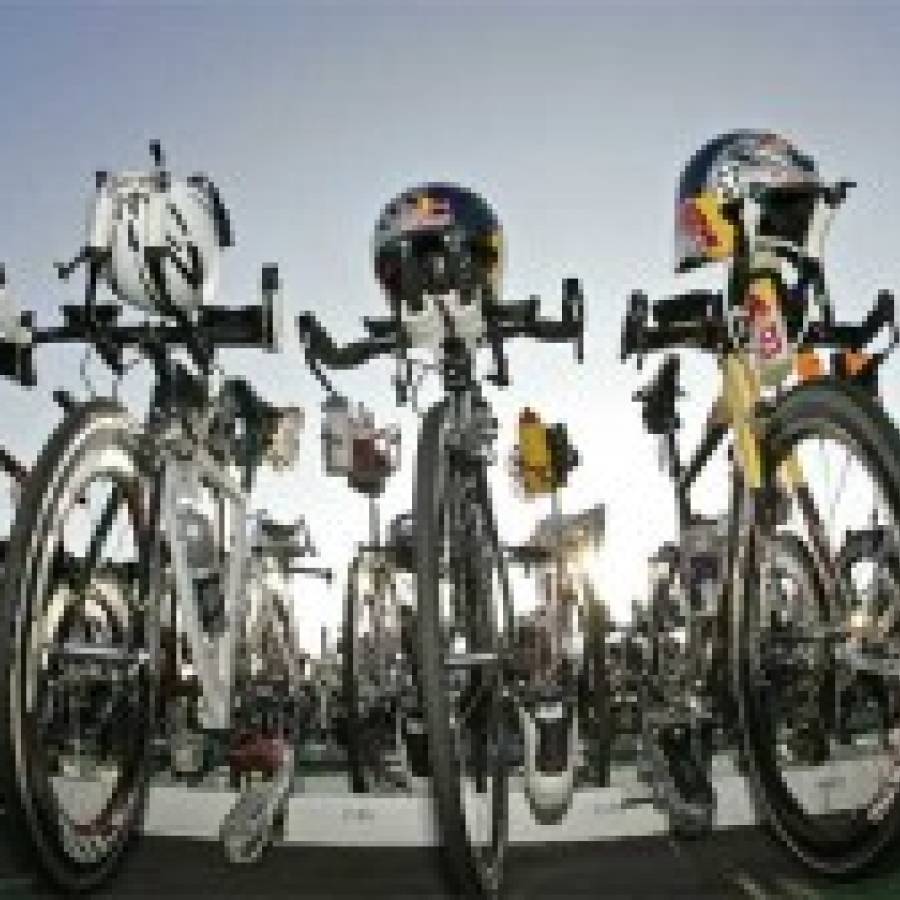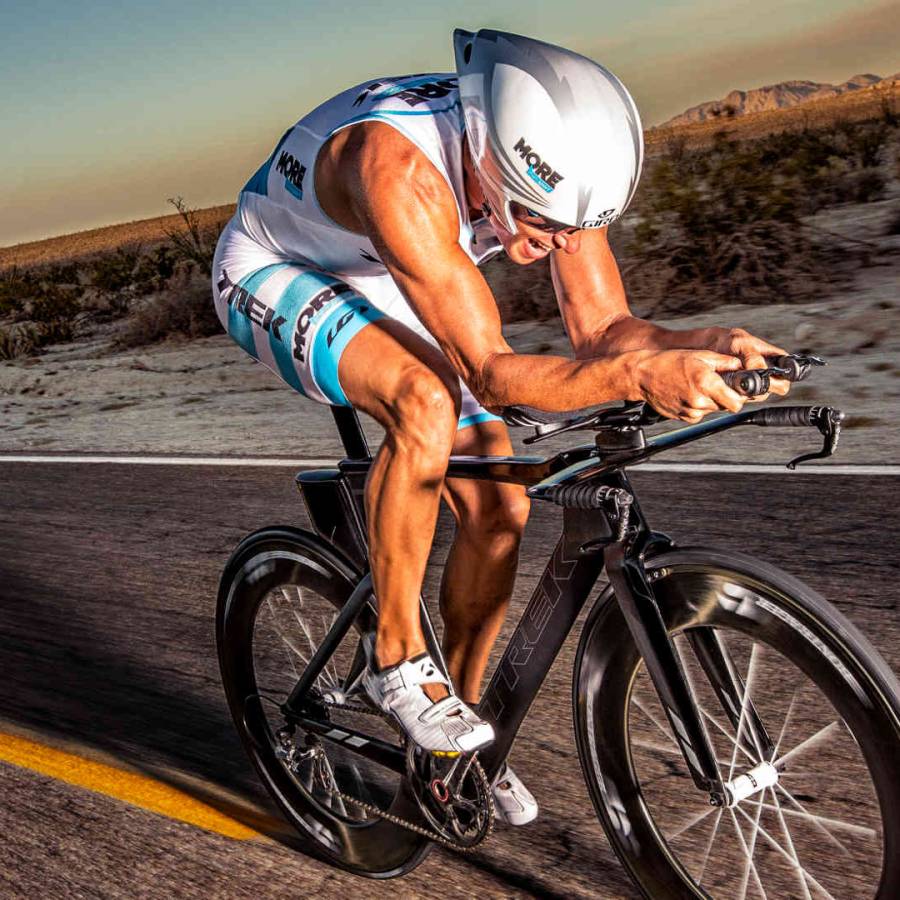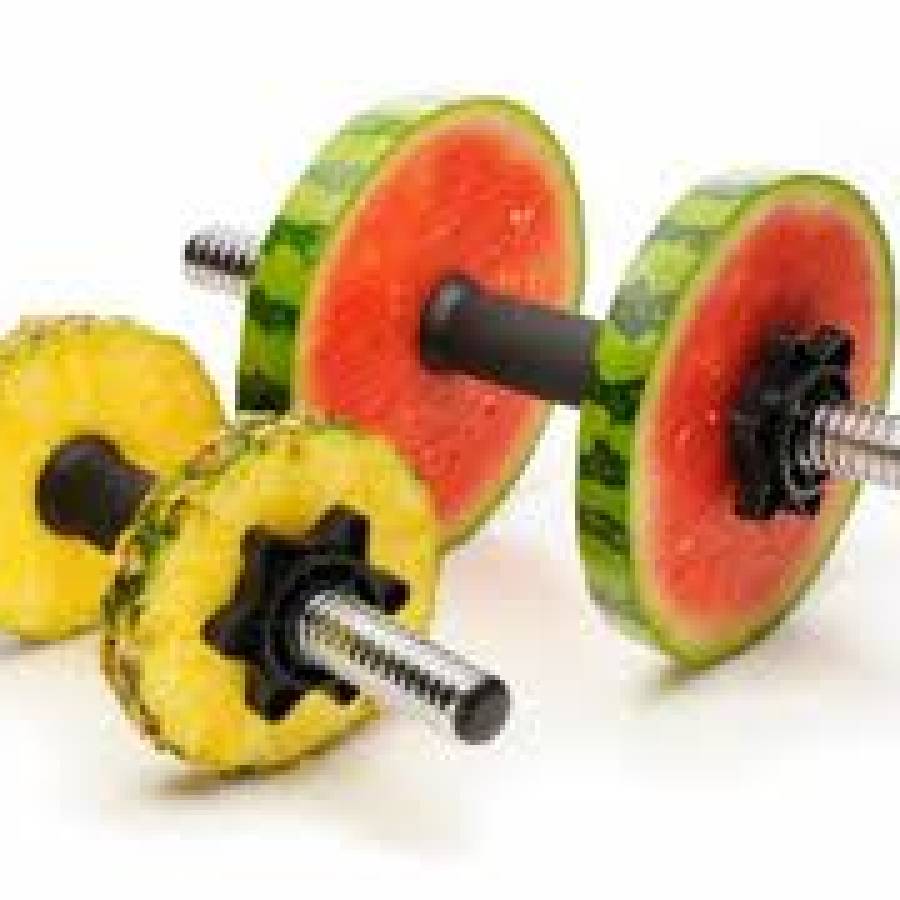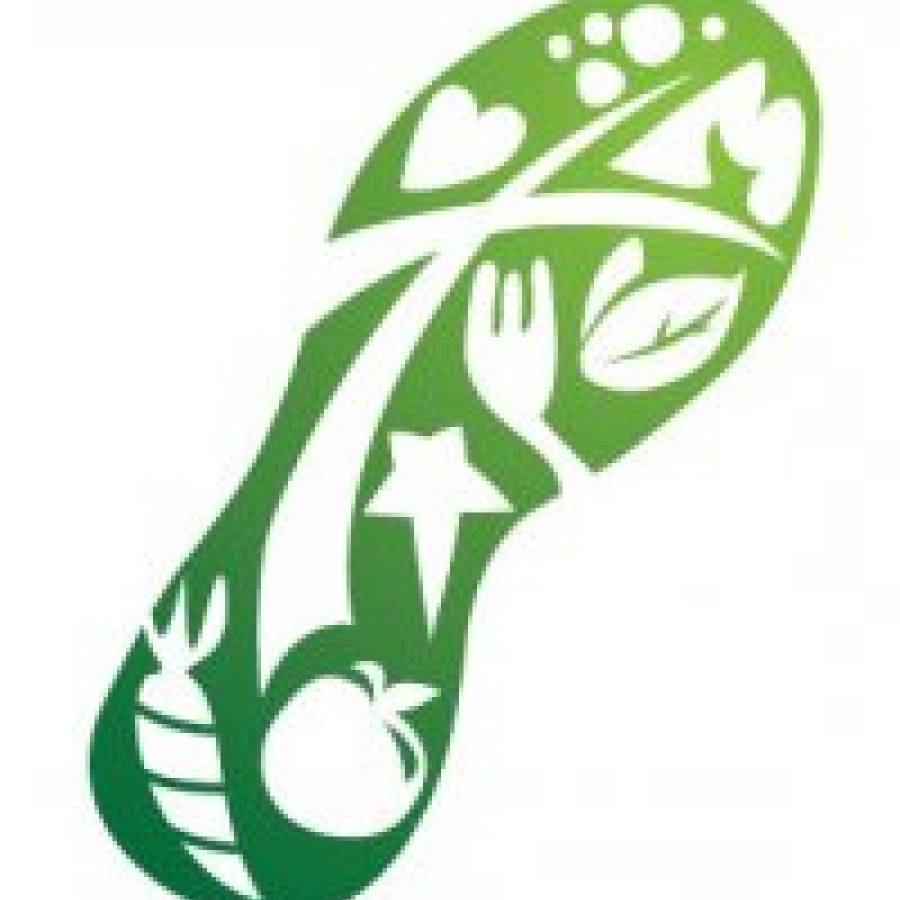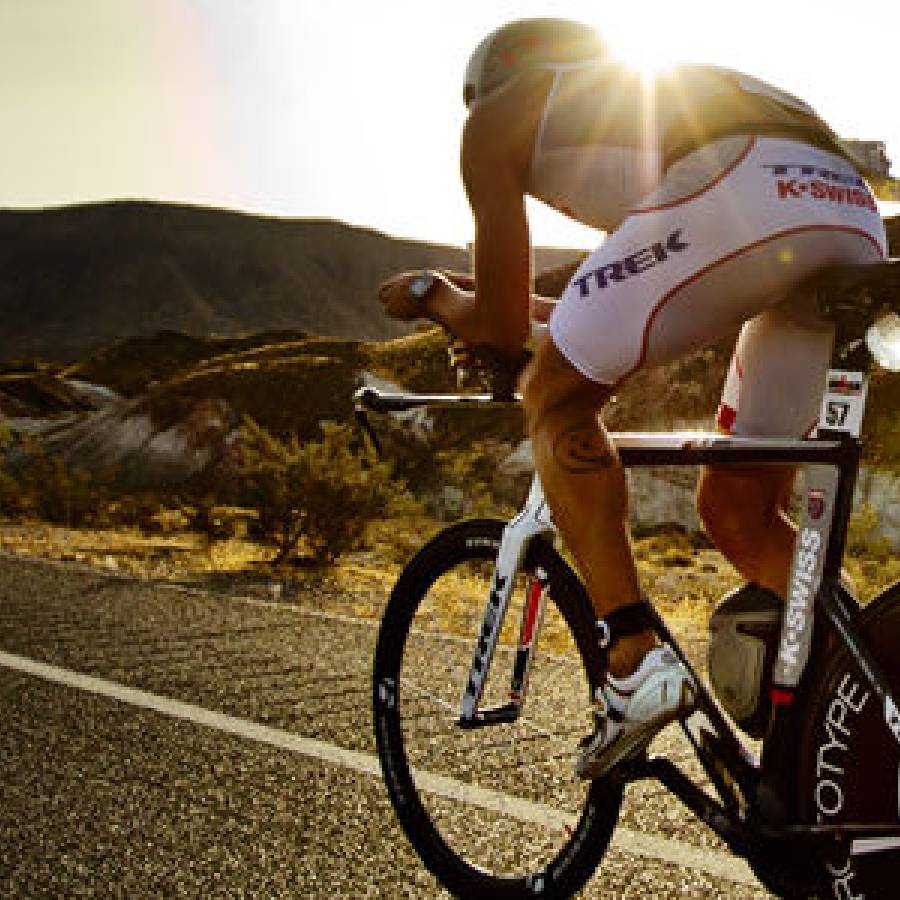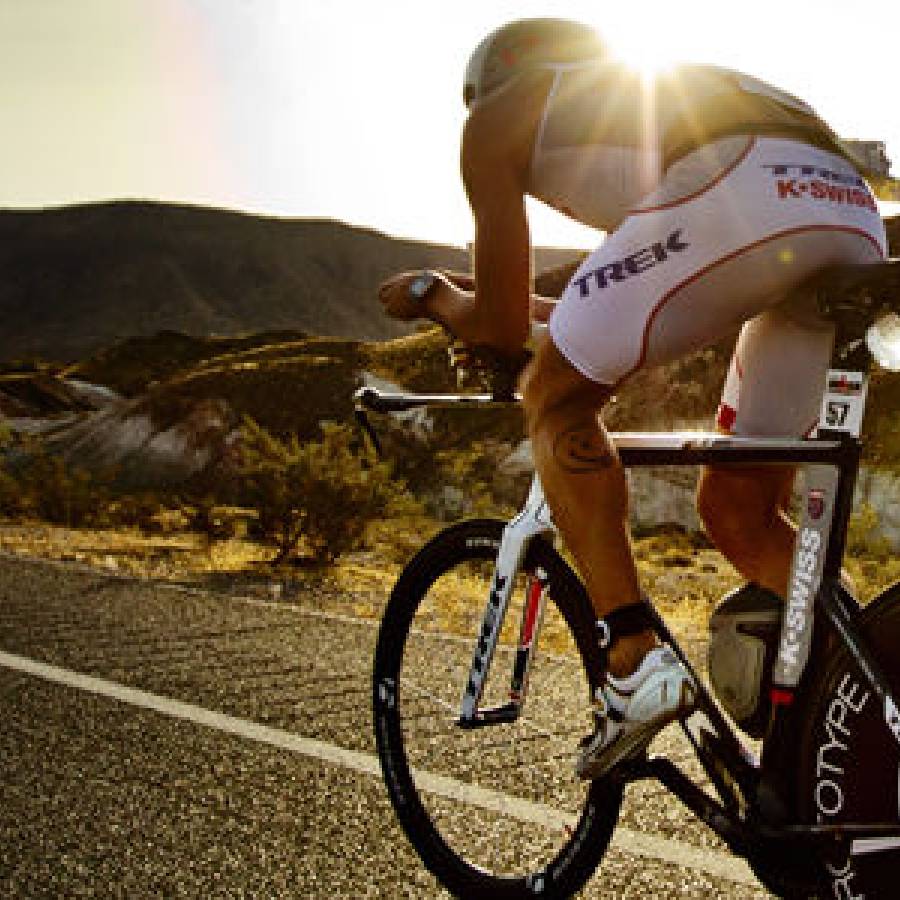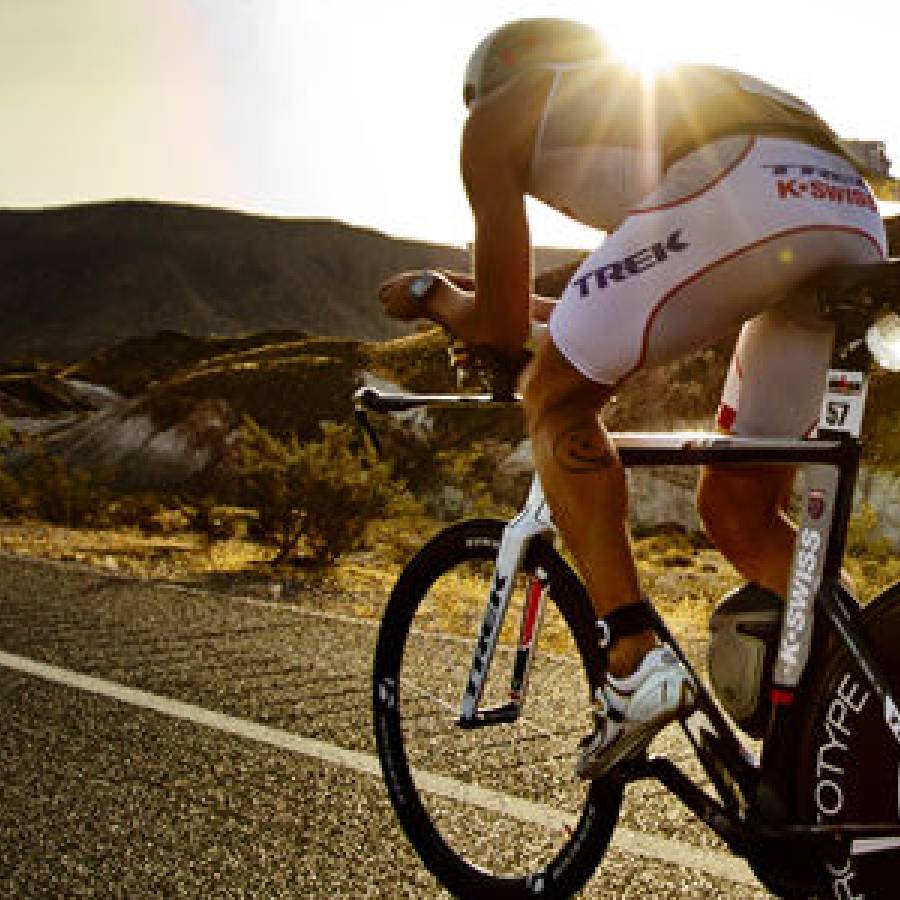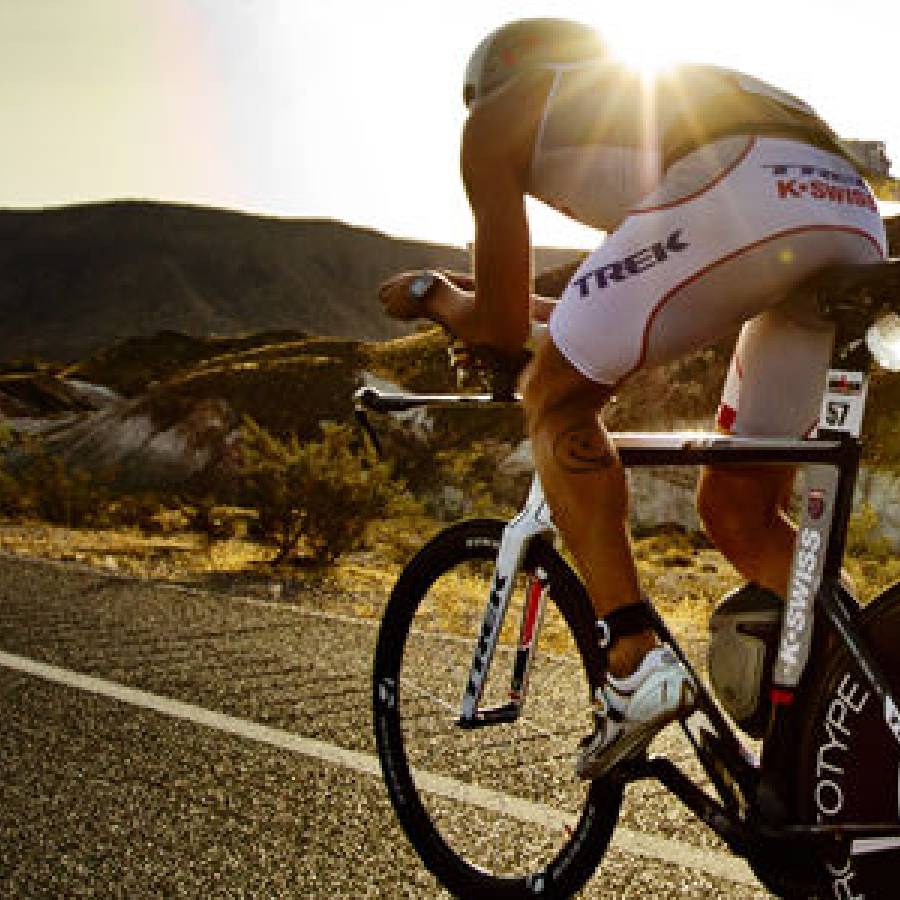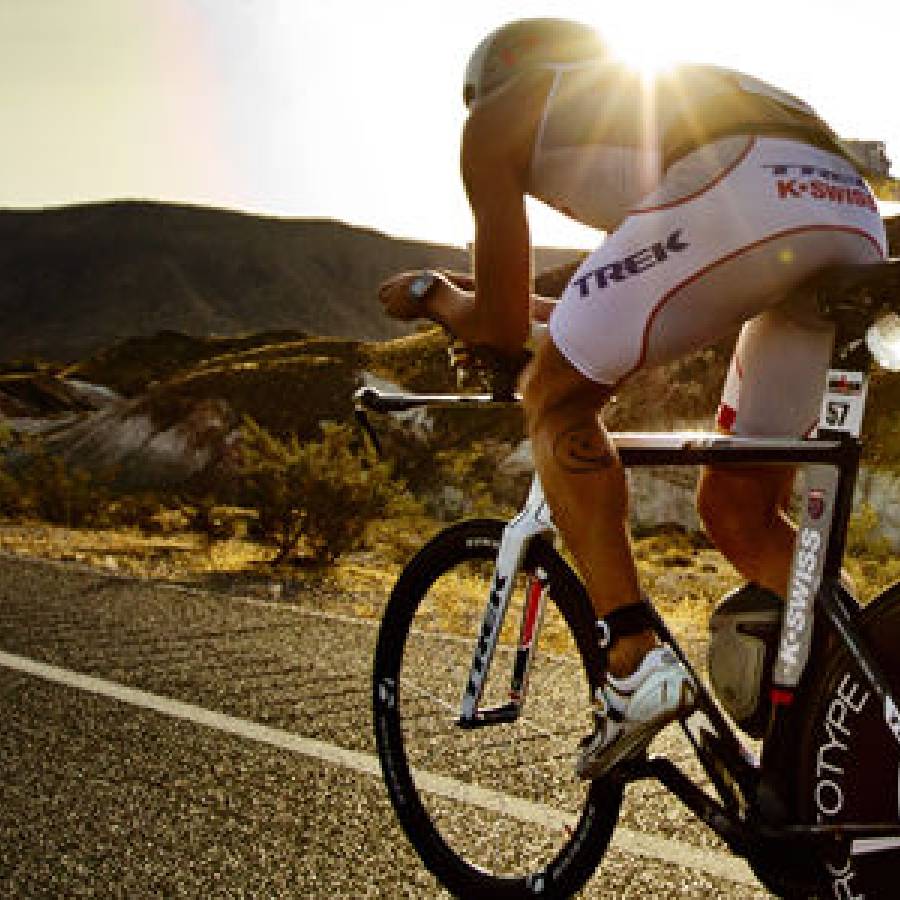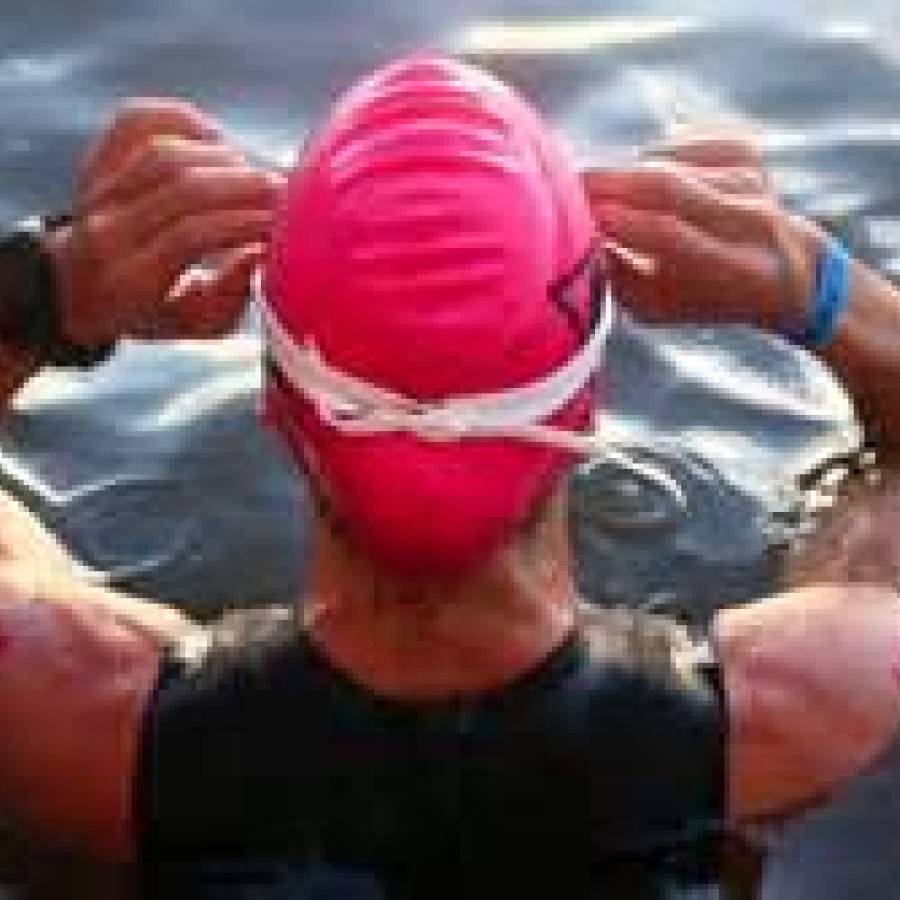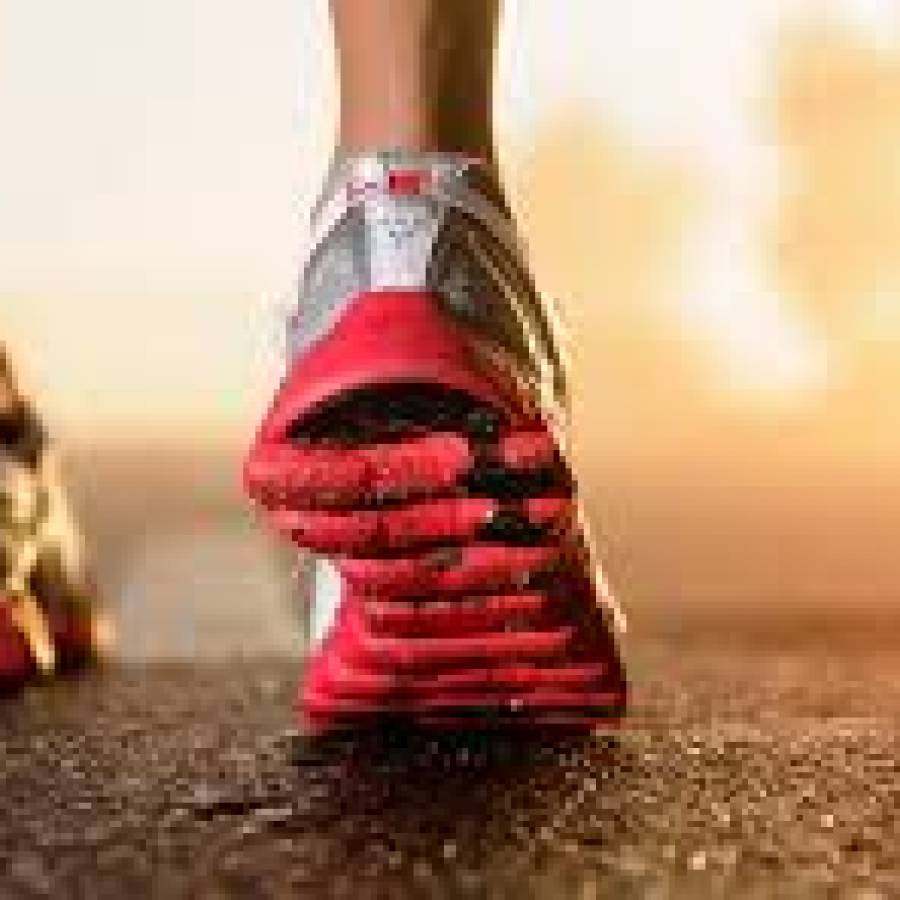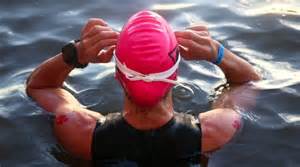
Two elements of improving freestyle swimming include Swim Fitness and Swim Technique. Improving both will result in a more efficient and faster swim. To maximize your gains, master swim technique first through specific drills. This will help develop proper swim habits and muscle memory. As you improve, incorporate fitness (speed or endurance) sets. Seeking to improve fitness too soon will only result in mastering bad swim habits limiting speed and endurance potential. After learning proper body position, the catch-up drill is one of the many swimming drills that will help swimmers learn better freestyle swimming technique.
Imagine a sail boat or canoe. The point of the vessel creates a wake for the rest of the boat to follow. The result is the vessel moves through the water with minimal water disruption and resistance or drag. Water doesn’t appear to be displaced, it simply accommodates and moves around the vessel as the it passes. Imagine a barge; no clear front end. As the barge moves forward, the large frontal mass pushes water resulting in a great deal of water displacement; i.e. resistance, drag.
Good freestyle swimmers seek to move through the water like a sail boat creating an opening in the water and following through that opening with the rest of their vessel (body). This is accomplished by having a hand in front of them at all times. When a swimmer’s hand creates the wake the remainder of their vessel (body) can glide through.
Many athletes who take up swimming as an adult cheat. Cheating refers to dropping the extended arm/hand (to begin the pull) prematurely, before the opposite arm/hand is in position to replace it as the point of the vessel (or wake-creator so to speak). When this happens, the swimmer no longer has a point at the front of their body creating an opening in the water for their vessel to follow. Their head becomes the front end of the vessel and at this point the swimmer inherits barge like swimming tendencies and is confronted with water resistance. Translation, you slow down.
Practicing the catch-up drill will help you swim more like a sail boat than a barge. Among other things, the catch-up drill will help with body alignment (long and straight) and stroke/rotation timing. Catch-up can help with the timing of yuor breathing and when to begin your pull.
Catch-Up Drill Instructions (from https://www.thoughtco.com/catch-up-swimming-3168752)
The catch-up drill is done by assuming a reach position in the water and extending your arms forward; the arms should be just a bit under the surface of the water, pointing at your destination. One arm then performs a regular freestyle pull, starting from that extension, through the catch and finish, then it recovers to an extension, pointing at your destination, back to where it started.
The other arm is still, just keep it pointing forward. You should feel like you body is very long or extended, and you may feel pulses or instants of power as you pull, then pulses of gliding as one arm recovers but the other arm has not yet started pulling. The swimming arm catches up to the arm that is still extended, pointing forward.
One arm is pulling, the other is not. One arm is working, the other is waiting for its turn to work. Once the arm that was pulling completes the pull, exits the water and recovers or returns to the starting position, then it is the other arm's turn. It pulls and recovers while the other arm (the one that took the first pull) is still, waiting for its turn to pull again. Key point: you will always have one arm pointing forward toward your destination.
- Start with both arms pointing forward.
- Arm #1 swims (catch, pull, exit, recover, enter).
- 3. Arm #2 stays out in front, pointing toward the destination.
- When arm #1 returns to the starting position, pointing forward, toward the destination, arm #2 swims.
- When arm #2 returns to the starting position, pointing forward, toward the destination, arm #1 swims.
- Each arm takes its turn swimming or maintaining the pointing forward position.
- Each hand could tag the other as it reaches the pointing position, as in one arm telling the other "OK, I have caught up to you, I am pointing forward now, your turn to swim!"
When to breath? What is your body doing during all of this?
Legs: Keep a steady, smooth, relaxed kick. Head: Keep your nose pointing toward the bottom of the pool, eyes looking down, the top of your head pointing in the direction of travel, a good posture from the top of your head through your neck and down your spine. When you need to breath, rotate along that posture line, eyes looking sideways as the swimming arm exits the water and recovers, on the same side as that arm. Get the eyes looking down again before that hand enters the water.
Body: Keep a good, long posture position, top of the head through the spine, with a line drawn from the base of the spine through the top of the head pointing toward the destination. Think of that as an axis. Just before an arm starts to pull, that side of the body should already be rotated closer to the bottom of the pool. As the arm pulls, that side of the body rotates from a low/bottom of the pool position to a high/ceiling or sky position (while the other side of the body does the opposite). Visualize it - hold one hand in front of you, fingers extended, palm down. Twist the hand thumb-side up, pinkie-side down and the reverse, with the axis of the twist along a line through your middle finger.
Besides the one-hand-touching-the-other variation of the catch-up drill, you can vary it in other ways.
One variation is 3/4 catch-up when the waiting arm starts to pull when the recovery hand is forward of the head but not in the water yet (it starts to pull before the other hand fully catches up to it). You can see a video of this swimming drill and more - take a look at the swimming video, "Swim Faster and More Efficiently" to learn this drill and other swimming drills. Swim on!
USA Triathlon, Cycling, F.I.S.T. Certified coach Tony Troccoli is founder and owner of Coach-Tony.com Training Plans and Bike Fitting. www.coach-tony.com

